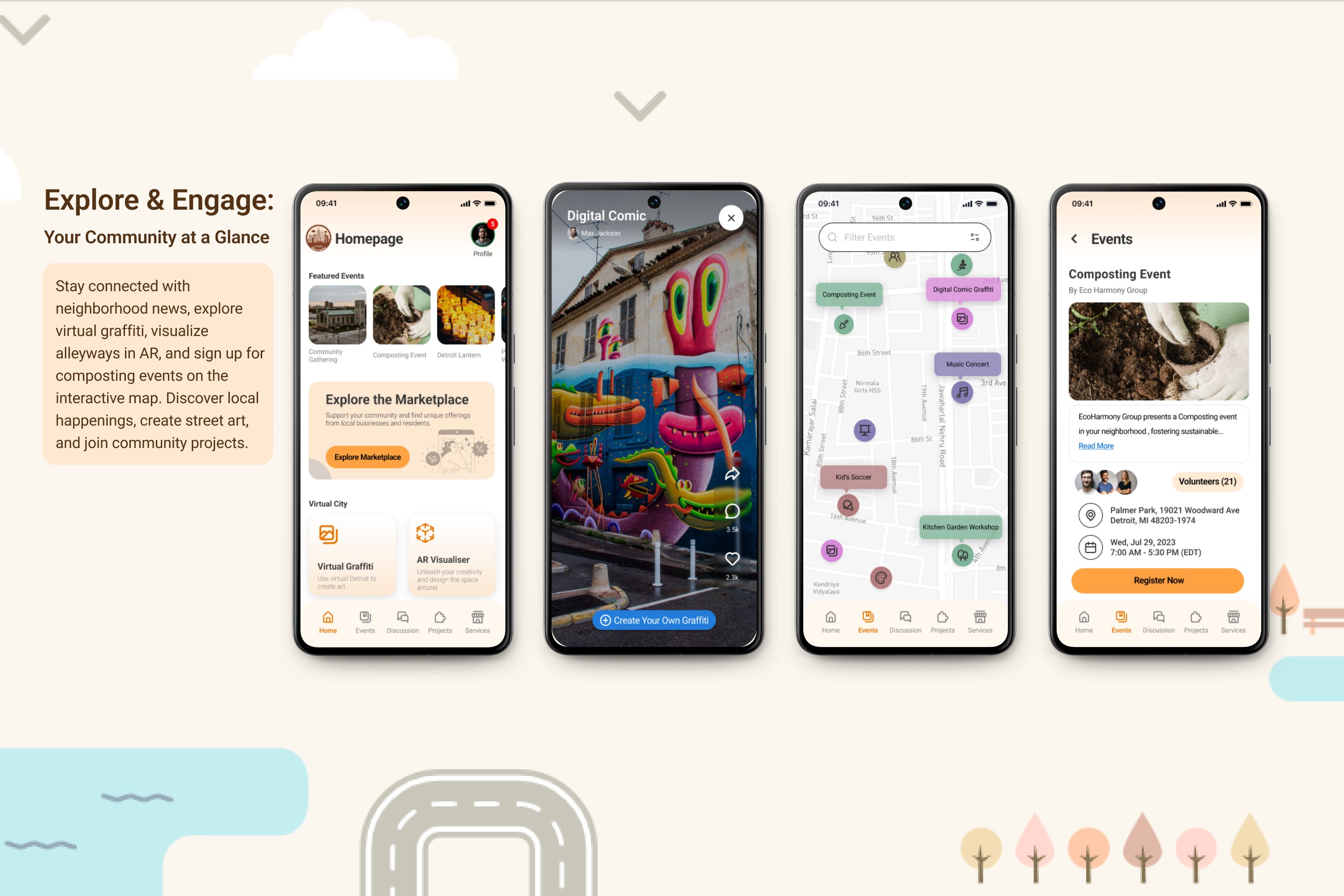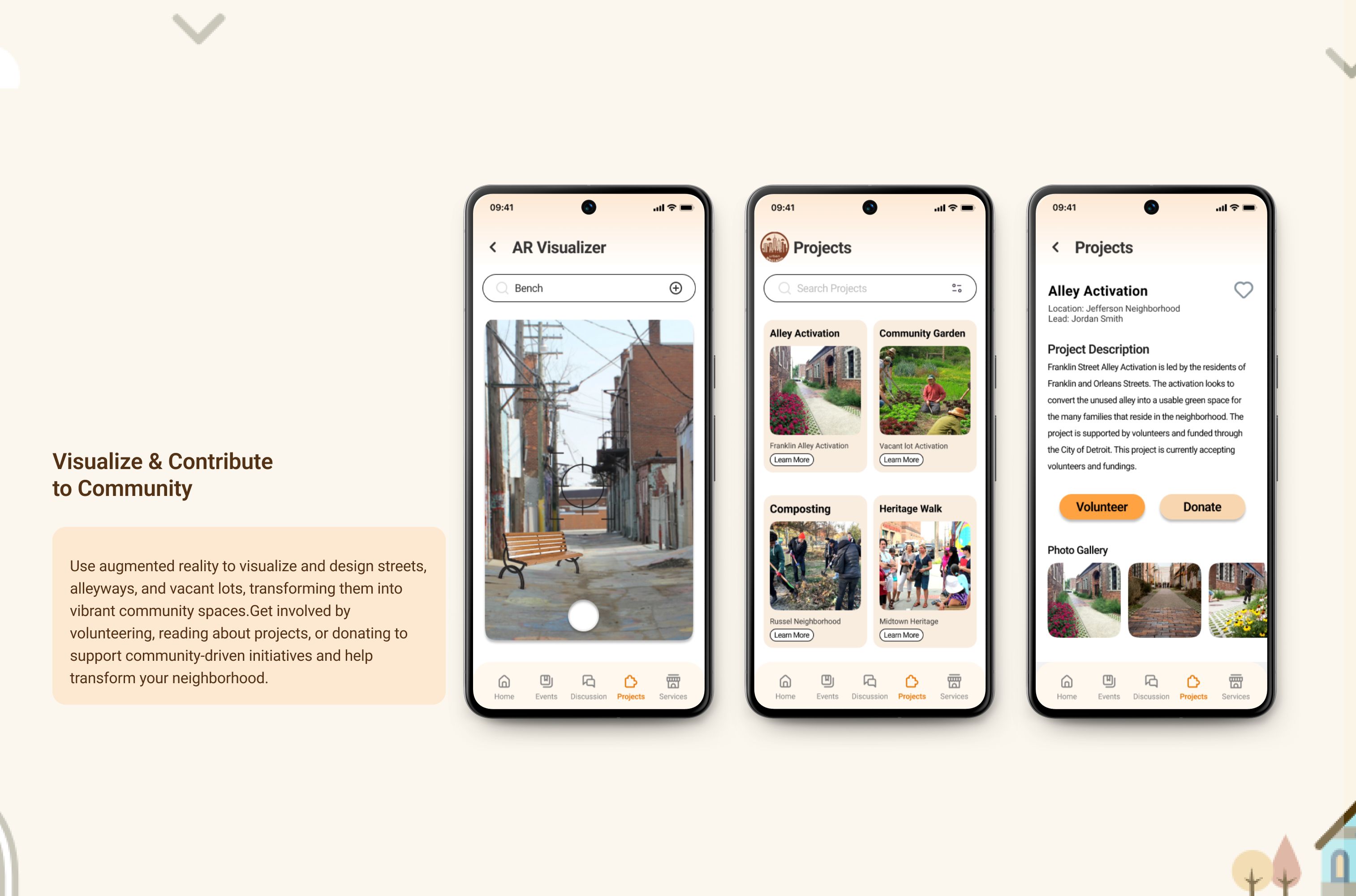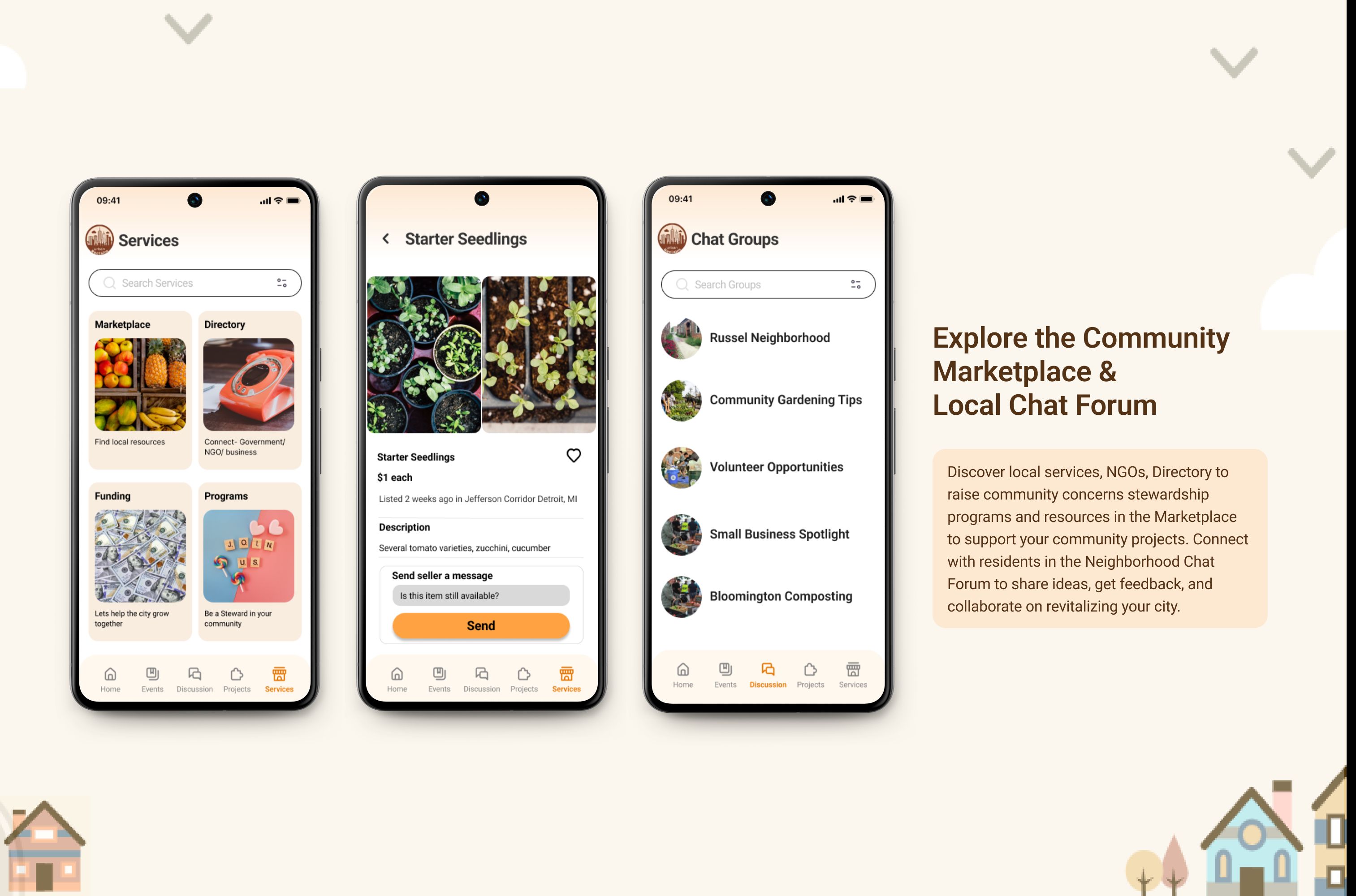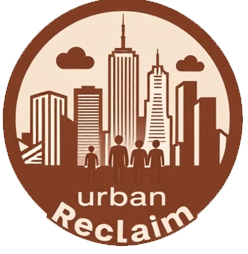
Designers
Bhavana Kulkarni
Year
2025
Category
New Talent
Country
United States
School
University of Michigan, Dearborn
Teacher
Sang-Hwan Kim
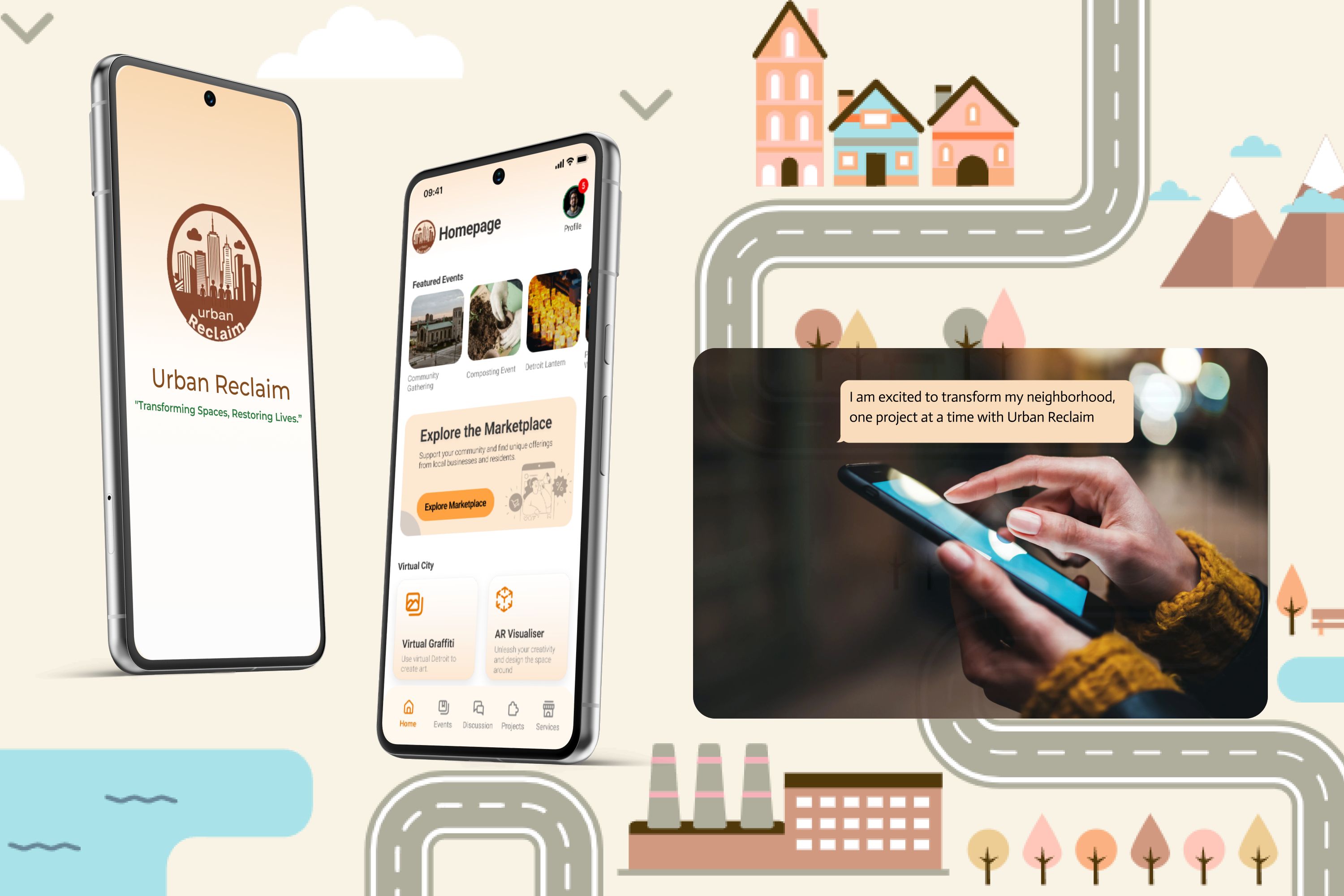
Three questions to the project team
What was the particular challenge of the project from a UX point of view?
The particular challenge of the Urban Reclaim project from a UX perspective was designing a platform that effectively balanced the diverse needs of multiple user groups, each with unique goals and constraints. The challenge lay in creating an intuitive and inclusive experience for residents, city officials, NGOs, and businesses, while addressing urban blight and resource limitations. Key difficulties included catering to users with varying levels of tech literacy, fostering community engagement and trust, and ensuring the platform’s scalability across different cities. The solution had to integrate innovative features like AR and virtual graffiti to make it futuristic, while maintaining usability and accessibility for all users.
What was your personal highlight in the development process? Was there an aha!-moment, was there a low point?
The personal highlight of the development process was conducting contextual inquiries with residents. Engaging directly with the community provided invaluable insights into their challenges and ideas for revitalizing neighborhoods. Hearing their stories and enthusiasm inspired the design and reinforced the importance of a user-centered approach. The aha!-moment occurred when tools like AR were explored for space transformation could bridge the gap between abstract ideas and actionable plans. The low point involved balancing diverse user needs while avoiding feature overload, but through iterative testing and feedback, the design was streamlined, and usability was ensured.
Where do you see yourself and the project in the next five years?
In five years, Urban Reclaim is envisioned to scale globally, starting with Detroit, transforming neglected spaces in cities into vibrant community hubs. Building on its success, the next phase will focus on integrating government bodies and introducing features such as gamification, AI-driven project suggestions, and enhanced AR tools. These additions will position it as a leading platform for sustainable urban revitalization, fostering collaboration between residents, NGOs, and governments. Drawing on expertise in urban design and architecture, I plan to spearhead these advancements, ensuring the platform continues to address urban challenges, promote sustainable growth, and drive positive social and environmental change.
